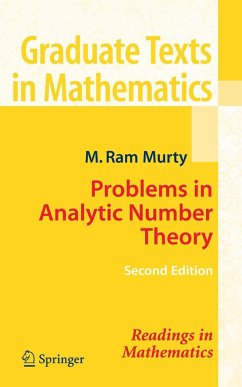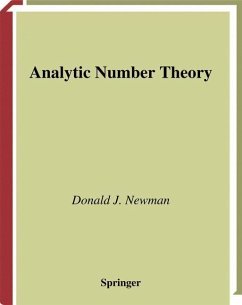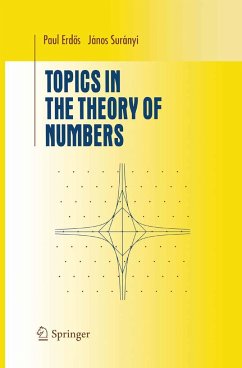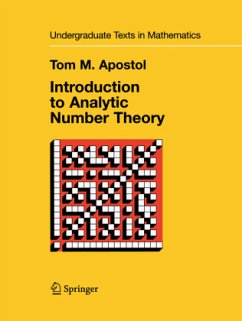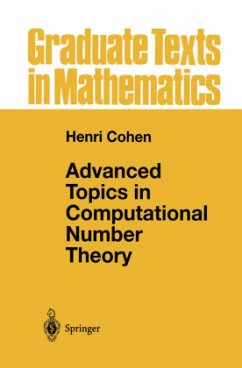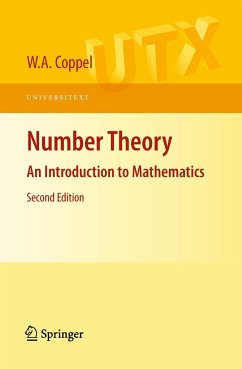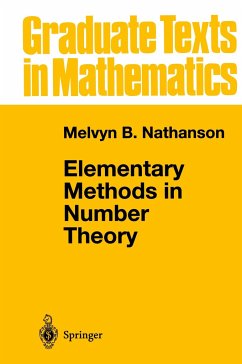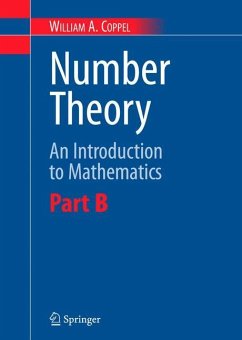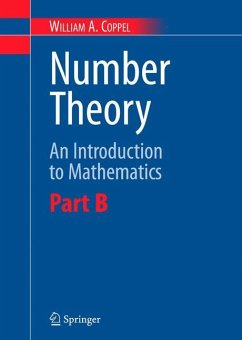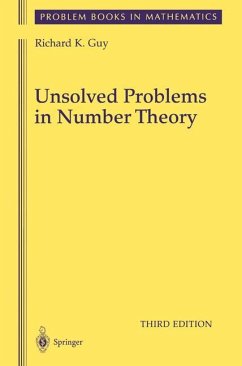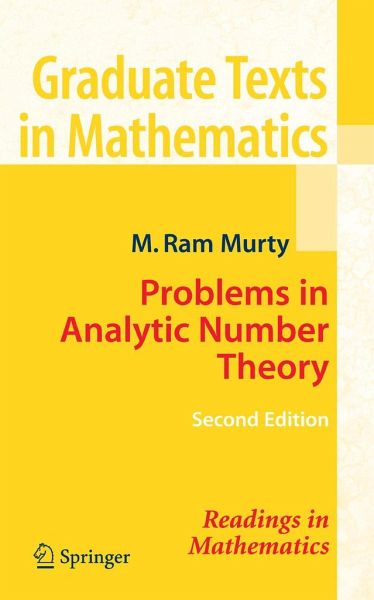
Problems in Analytic Number Theory
Versandkostenfrei!
Versandfertig in 6-10 Tagen
43,99 €
inkl. MwSt.
Weitere Ausgaben:

PAYBACK Punkte
22 °P sammeln!
This book is a collection of about 500 problems in analytic number theory with the singular purpose of training the beginning graduate student in some of its significant techniques. This book, along with Murty's other book "Problems in Algebraic Number Theory" are intended to enable the student to gain a quick initiation into the beautiful subject of number theory. Since the subject is rapidly expanding such an expedient route becomes indispensable. The material in these two books provides a "basic tool kit" for the number theorist.





